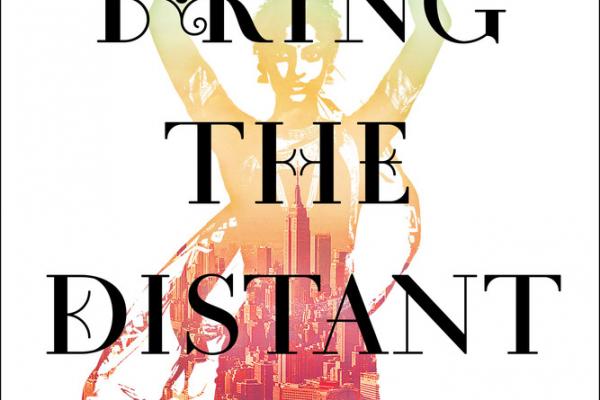THIS IS A BOOK I wish I could have had when I was 15.
While there are numerous (and much needed) stories about the immigrant experience, Mitali Perkins’ young adult novel, You Bring the Distant Near, fully captures nuances of relationships, racism, death, family, feminism, sexism, and love in profound ways. It’s a story that’s not often told with such clarity and depth.
Reading this book was like staring into a mirror and seeing my reflection—sometimes surprised, sometimes in tears, and other times nodding in understanding.
It weaves together the lives of five women from three generations—Ranee, Tara, Sonia, Anna, and Chantal (nicknamed Shanti)—and focuses on Tara and Sonia’s journey from when they were teenagers to when they were mothers with successful careers.
Ranee is a strong-willed, stay-at-home, Indian (Bengali) immigrant mother who comes to the U.S. with her husband for opportunity. She is the mother of Tara and Sonia. Tara is charming, peacemaking, and theatrical in the best ways. She is a shape-shifter of sorts, able to fold into any culture by studying and learning what traits she needs to be the most ideal version of that culture (when she arrives in the U.S. she emulates Marcia Brady). Sonia is fiercely intelligent, outspoken, and a brilliant writer. Anna is Tara’s creative, brazen daughter who is proud of her Indian roots. Shanti is Sonia’s athletic and easygoing daughter who loves math and dance.
Each woman represents a different side of femininity that together shows the reader the importance of multiple, empowering narratives.
Read the Full Article

